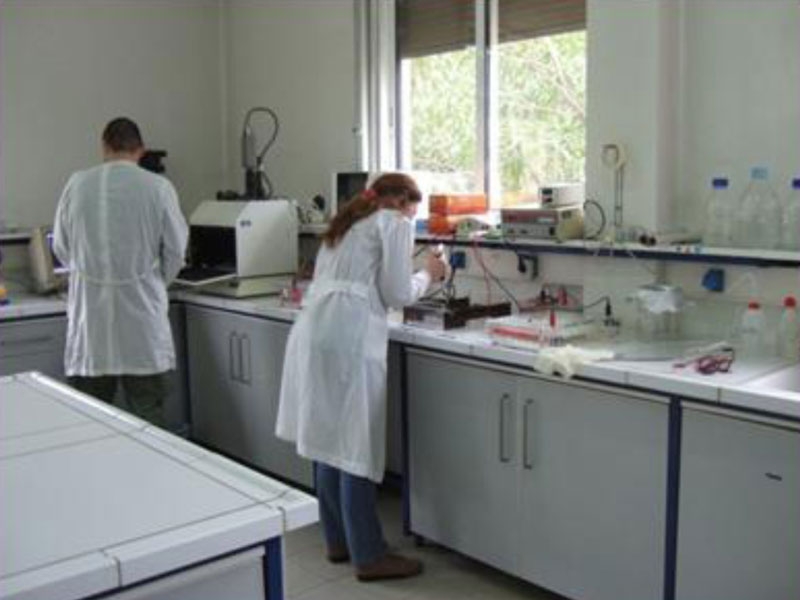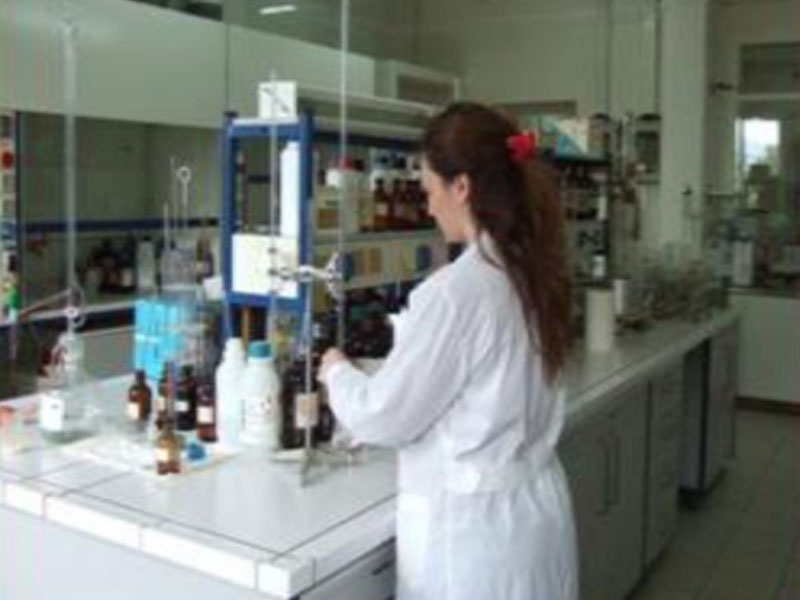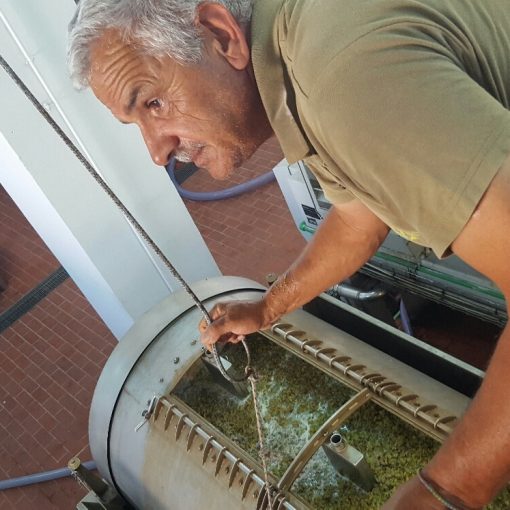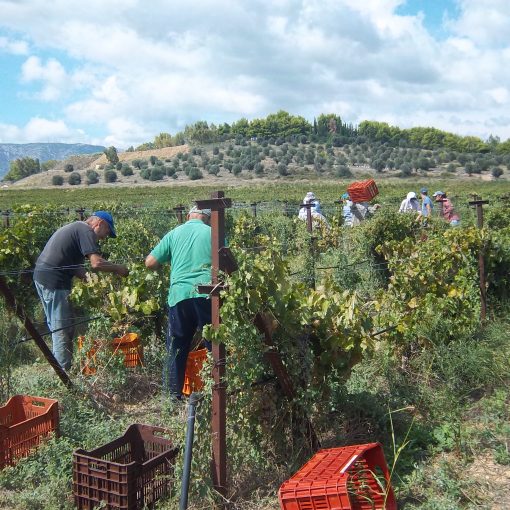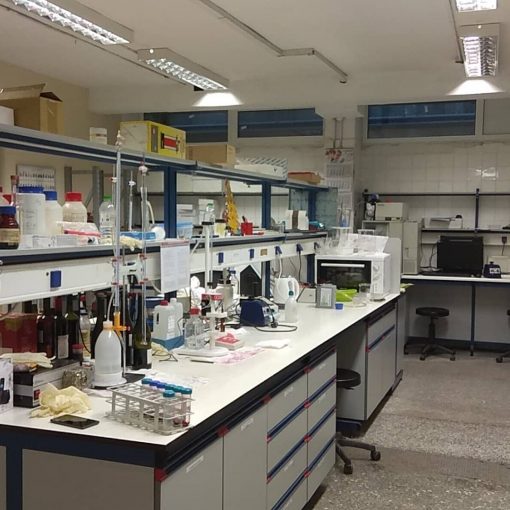LABORATORY OF ENOLOGY
The scientific subject of the “Wine and Spirits” Sector (former Wine Institute of Athens) includes research on wines, alcoholic beverages and by-products of alcoholic fermentation and winemaking. In particular, we are interested in the methods of production and processing of the above products, the chemical composition and their qualitative evaluation, the aging of wines and spoilage factors, and the potential of the Greek grapevine varieties in terms of production of local or specialty wines and spirits, as well any other related products. Our laboratory also provides services to third parties, like scientific advices, laboratory analyses, etc.).
Facilities & Equipment
Laboratory Facilities:
- Complete equipment for chemical, microbiological and molecular analyses
- Experimental winery for the production and processing of wine on a semi-industrial scale
- Experimental distillery for the production of wine spirits
- Underground temperature stable storage tanks and barrels for the storage of wines and spirits
Laboratory equipment:
- Autoclaves
- HPLC
- GC
- Laminar Flow Hoods
- Microscopes with Digital camera
- Thermal cyclers
- Real-Time PCR System
- Microcentrifuges
- Refrigerated Centrifuge
- Growth chambers
- Digital Electrophoresis Documentation and Analysis System
- Spectrophotometer
- Nanophotometer
- Additional Laboratory apparatus:
pH meters, Ultra clear water system, Electrophoresis systems for nucleic acids and proteins, Water baths, Electronic balances, Shaking incubators, Vortex, Deep Freezers(-80°C), Freezers (-20°C), Refrigerators (+4°C)
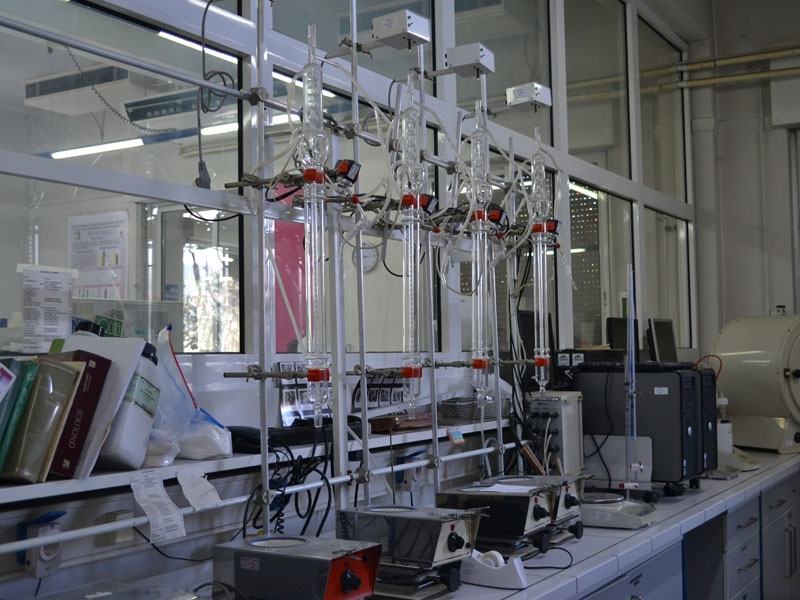
THE CONTRIBUTION OF THE ELGO-ITAP TO THE PROJECT OENOVATION
” Exploitation of new natural microbial flora from Greek origin amenable for the production of high-quality wines “
The Institute of Technology of Agricultural Products (ITAP) of ELGO – “DEMETER” is involved in Work Package 1.
The Work Package 1 includes the isolation, identification and technological characterization of yeasts.
Task 1.1: Isolation of yeasts. Yeasts will be isolated from different parts of vineyards or fermented and unfermented must. Samples will be collected in the field by appropriate collection methods and they will be transferred to the laboratory for further analysis. Sample will be collected from vineyards of SANTO winery in Santorini and of the Agricultural University of Athens in Attica.
Task 1.2: Molecular characterization and oenological characteristics of yeast strains. Identification of yeast strains is particularly important in modern winemaking as it allows traceability of the yeasts during fermentation. Genetic markers are currently applied to characterize S. cerevisiae because of its high commercial and oenological importance (Gayevskiy and Goddard 2012). In recent years, new methods have been developed for genotyping of non- Saccharomyces yeasts due to their increasing technological importance (Banilas et al. 2016). These techniques have succeeded in separating different strains and extracting conclusions for their biogeographical distribution (Banilas et al. 2016). To be used in wine making, yeast strains must be selected on the basis of metabolite production that (a) improve wine quality and (b) do not negatively affect wine organoleptic profile or safety. In addition, strains must possess technological properties that make them competitive with other yeasts in conditions of alcoholic fermentation. Different strains of non- Saccharomyces produce a variety of enzymes, such as esterases, β-glucosidases, lipases and proteases, which release aromatic components from their respective “odorless” precursors. Based on the data previously presented, the objectives of Work Package 1 are focused on the following: (a) Identification of yeasts isolated or kept in the collections of stakeholders at species and strain level using appropriate molecular methods, (b) evaluation of important technological characteristics of different strains for use in winemaking. Identified strains that will show interesting technological characters will be further studied in Work Package 2. Activities to take place in this part are as follows:
Task 1.2.1: Molecular identification of yeasts. Yeast isolates will be identified at species level. The different populations will be further characterized at the strain level. Identification of yeasts at the species level will be performed by restriction fragment length polymorphism analysis (PCR-RFLP) of the 5.8S-ITS rDNA region combined with sequencing of the D1 / D2 or 5.8S-ITS rDNA region. Appropriate DNA analysis techniques depending on the yeast species will be used to discriminate different strains. The yeasts will be grouped according to their molecular pattern and representative isolates from each group will be further evaluated.
Task 1.2.2: Evaluation of oenological potential of yeasts. The enological characteristics of different yeast strains will be examined, such as resistance to ethanol and sulfite and production of enzymes, hydrogen sulfide and biogenic amines. The resistance of the different strains to sulfite will be estimated on YPD substrate plates at pH 3 buffered with citrate phosphate buffer, with increasing doses of K2S2O5. The production of polygalacturonase and pectinase will be tested by plate test. The production of hydrogen sulfide will be determined by inoculating yeasts
on appropriate culture medium with indicator. The production of β-glucosidase will be determined by inoculation on culture medium containing arbutin. The formation of biogenic amines will be determined on a YPD medium with 0.006% of bromocresol violet and 1.0% of the appropriate amino acid. The “killer” character will be determined by a plating method, with the positive reaction corresponding to the appearance of a zone of inhibition of the growth of a sensitive reference strain. Deliverables are as follows:
Deliverable:
1.1: List of yeasts with information on geographical coordinates, vine variety, the part of the stump collected and the date of collection.
1.2.1: Identification of yeasts at the species and strain level.
1.2.2: Evaluation of technological characteristics of yeasts.
